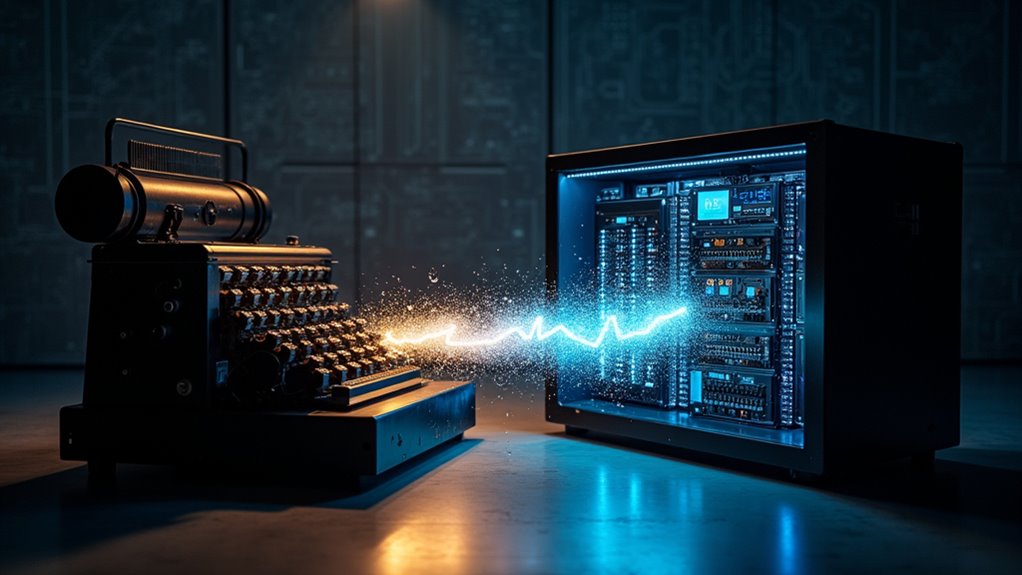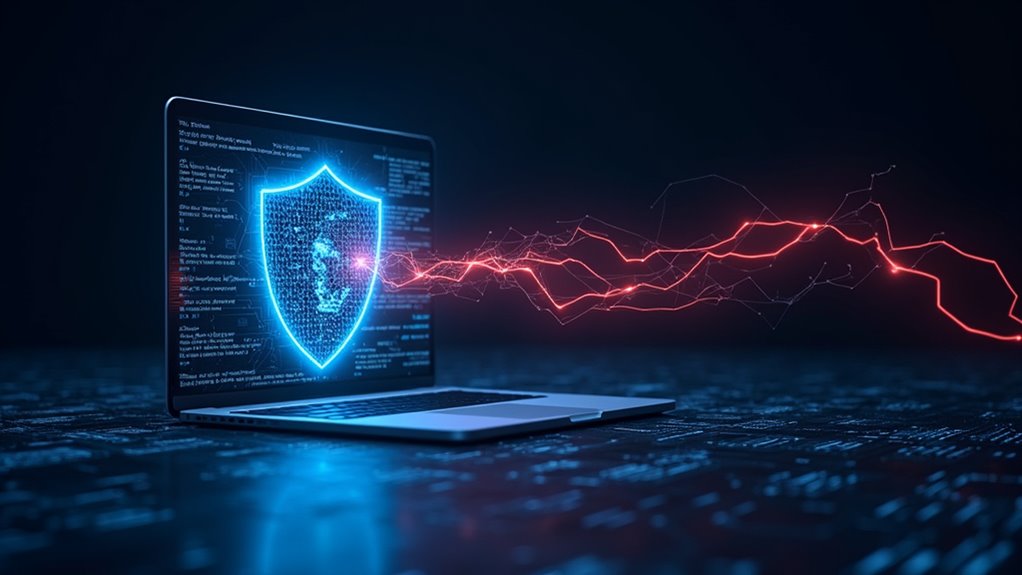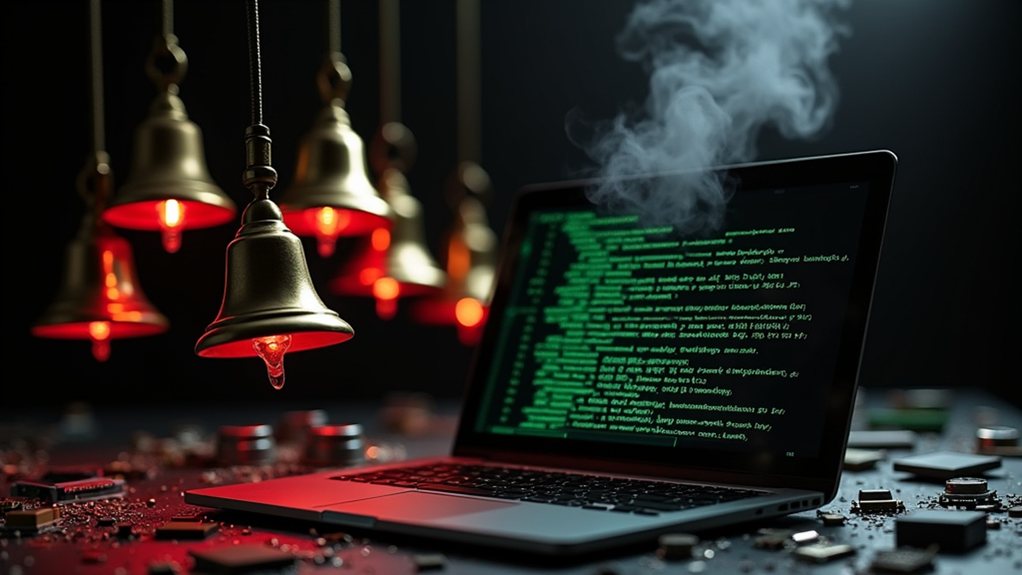Modern AI cracks Enigma-encrypted messages in seconds, compared to the days or weeks it took Turing’s Bletchley Park team during WWII. While Polish mathematicians first broke Enigma in 1932, the wartime process required hundreds of people using “cribs” and mathematical analysis to decode Nazi communications. Today’s algorithms perform trillions of calculations per minute, making the once-unbreakable code practically defenseless. The lightning speed difference doesn’t just showcase technological progress—it warns about our current security systems’ future vulnerability.
Nearly every major technological advancement prompts us to look back at history and ask, “What if?” Such is the case with artificial intelligence and its theoretical application to World War II codebreaking—a technological mismatch that borders on the comical.
The Enigma machine, Germany’s pride and joy of secure communications, was once deemed unbreakable. It took the brilliant minds of Polish mathematicians—Marian Rejewski, Jerzy Różycki, and Henryk Zygalski—to make the first crack in 1932. Their work laid the foundation for Alan Turing and his team at Bletchley Park, who industrialized the decryption process with the famous Bombe machine.
Back then, breaking Enigma codes was a herculean task. Teams of mathematicians and linguists worked around the clock, exploiting known weaknesses and developing “cribs”—educated guesses about message content. Turing’s innovative development of the Banburismus technique proved critical for reading naval Enigma messages from 1941 onward. The process took days, sometimes weeks, for a single message. And you thought waiting for your coffee to brew was painful.
Today’s AI systems can crack Enigma-encrypted messages in seconds. *Seconds*. What took hundreds of people years of painstaking work can now be accomplished before you finish reading this sentence. Modern algorithms replicate the logical structure of the Bombe machine but operate at speeds that would make Turing’s head spin.
The contrast is stark. WWII codebreakers tested thousands of settings per minute using mechanical computing; AI analyzes encryption patterns at rates measured in billions or trillions. The fundamental weakness that no letter could ever encrypt to itself in Enigma provided a critical entry point for both human codebreakers and modern AI systems. It’s like comparing a horse-drawn carriage to a SpaceX rocket.
This computational leap hasn’t just changed how we approach historical ciphers—it’s transformed modern cryptography entirely. However, we must acknowledge that modern AI systems inherit the data quality issues that can lead to inaccuracies, just as WWII codebreakers had to validate their results. The Ultra intelligence that helped shorten WWII by years would have been available almost immediately with today’s technology.
Perhaps most fascinating is how AI demonstrates that seemingly impossible tasks of yesterday become trivial computational problems today. While we marvel at the ingenuity of those wartime codebreakers, their greatest achievement may be showing us how far we’ve come.









